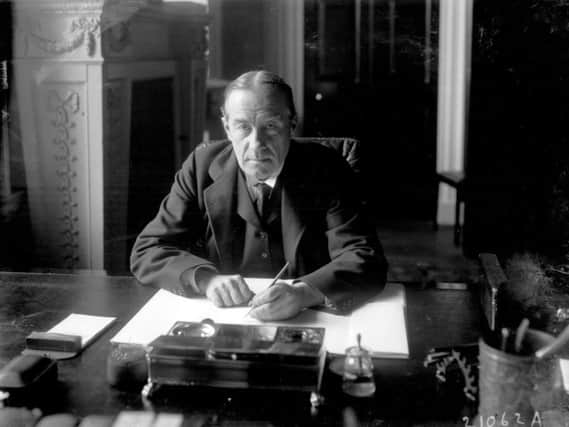The last December General Election that spelled catastrophe for the Conservatives


The result served a cold festive countdown for the Conservatives, who lost 86 seats on Thursday December 6, 1923.
While they remained the largest single party in the Commons, they lost their overall majority after the Liberals refused to support them in the house.
Advertisement
Hide AdAdvertisement
Hide AdWhat is interesting about the 1923 election is whether it had to be called at all.
The Glasgow Central MP had been in power for just seven months after winning the October 1922 election.
He did not appoint a successor, with the King to decide who was to lead the government. That fell to Tory statesman Stanley Baldwin.
Post-war gloom was hanging over Britain, with high unemployment and industrial unrest crippling parts of the country.
Baldwin called a general election in November to seek support for introducing trade tariffs on imported goods.
His predecessor had been adamant that the issue could not be resolved without an election.
The 1923 election was a vote that had the world watching and waiting, according to accounts, as the British Government sought to enforce a protectionist policy.
William Thomas Morgan, writing in the American Political Science Review, in 1924, said: "Not only were the results of the British national election of last December momentous for the British people themselves, but it may be doubted whether any other election in the country's history ever excited as much interest in foreign lands."
Advertisement
Hide AdAdvertisement
Hide AdThe same could well be said of the General Election in Brexit Britain 2019.
Baldwin and the Conservatives failed to retain a majority in the House of Commons with the public rejecting the tariffs as Labour and Liberals pushed claims that food prices would rise as a result.
On polling day, 70.1 per cent of the eligible electorate ( around 60 per cent of women still did not have the right to vote in 1923) turned out on a day remembered as largely dry and settled on the weather front.
Turnout was down just under three per cent on the year before.
The 1923 result has been described as one of the biggest catastrophes in political history as the Tory majority was wiped away.
While remaining the largest single party with 258 seats, Labour returned 191 seats with The Liberals on 158.
An overall majority required 309 seats in the 616-seat Commons.
Baldwin returned to Downing Street on the afternoon of 7 December to find a depressingly quiet office with no colleagues there to meet him.
Advertisement
Hide AdAdvertisement
Hide AdHe did not resign at once, but met Parliament in January 1924, only to be beaten by the combined Liberal and Labour votes in the Commons.
Technically, the government was overthrown by the House of Commons, but the Government's fate had been sealed by the General Election.
Ramsay MacDonald then went on to lead the first Labour Government. It too, however, lacked an overall majority and was defeated in another General Election in October 1924, when the Conservatives came back with a massive overall majority of 208.
It was the third general election to be held in less than two years.
